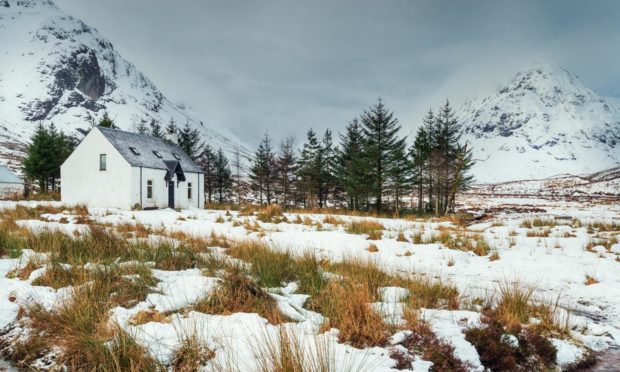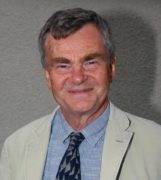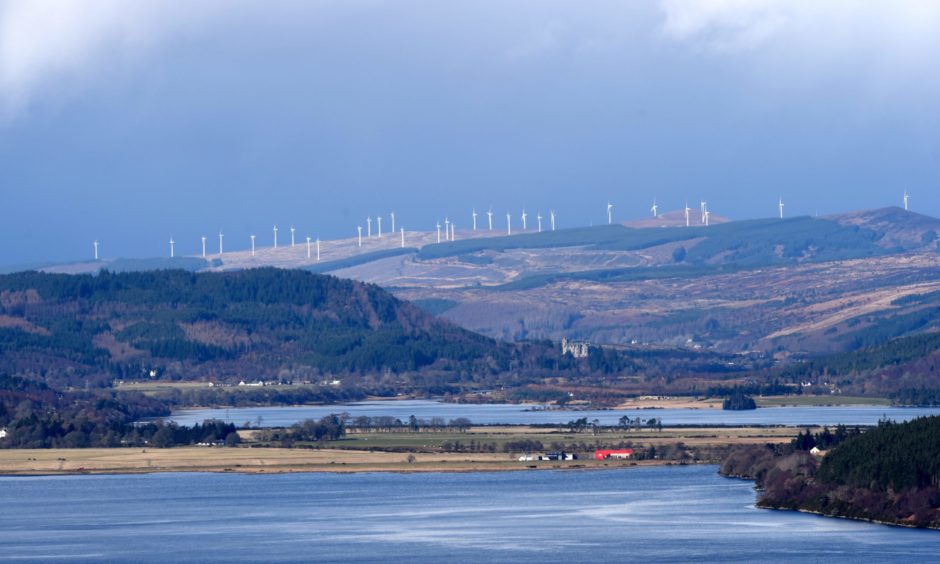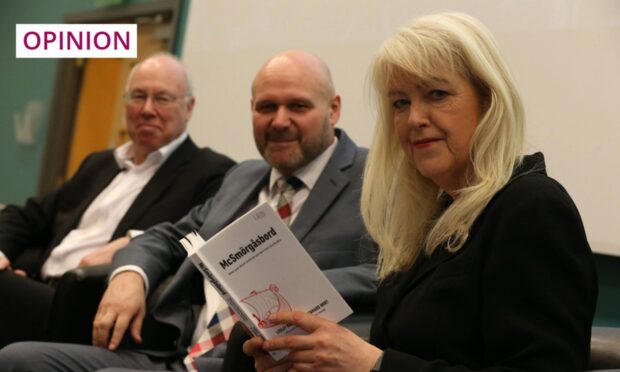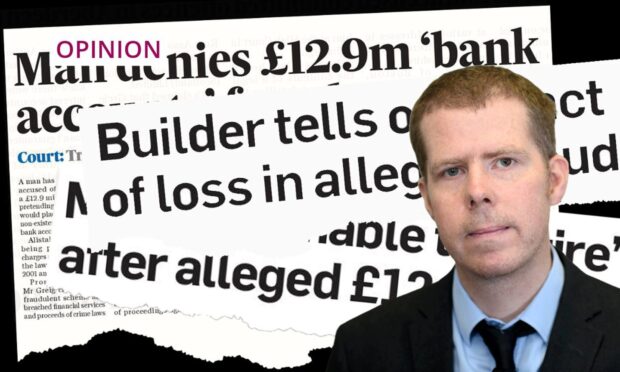Extreme fuel poverty continues to blight the lives of far, far too many of Scotland’s citizens, especially those of us living in the Highlands and Islands.
All fuel poverty is bad news but if, by the current definition, you’re living in extreme fuel poverty then you are deemed to be at least twice as badly off as those officially categorised as “fuel poor”.
The latest government statistics show that 33% of all households in “remote rural” areas are living in extreme fuel poverty as compared with 11% in urban areas – 300% more.
This is because virtually all urban households receive mains gas while most rural and remote ones never have and never will. Inescapably, they must rely much more heavily on electricity which costs about four times more – 13p to 16p per unit or higher, depending on your tariff, compared to around 3.5p a unit for mains gas. Highland and Island households that use heating oil must reckon with very erratic prices and too few suppliers.
The maths tells the story
Ofgem, the official gas and electricity price regulator, tells us that the average “medium consumption” UK household uses about 15,000 units of energy a year, based on a 80:20 split between mains gas and electricity, respectively.
The maths tells the story: our urban friends and neighbours can buy their 15,000 units (12,000 gas and 3,000 electricity) for £925 a year, while their country cousins will need to shell out between £2,025 and £2,400 plus for the same level of domestic energy.
Severe self-rationing of essential warmth results in cold, unhealthy and stressful living conditions for an awful lot of people
These comparisons take no account of the dual fuel discount – a nice little bonus but one which you can’t take advantage of if you’re not fortunate enough to be on mains gas in the first place.
And that’s not the half of it. What the hard evidence gathered in off-gas areas like Skye and Lochalsh shows is that, in practice, most of these mainly electricity-dependent households only consume about 7,500 units a year – half the national average – because they simply can’t afford to spend more than about £20 a week over a year on their domestic energy bills.
The end result is severe self-rationing of essential warmth and, therefore, cold, unhealthy and stressful living conditions for an awful lot of people, particularly those living in the furthest north and most climate-exposed parts of our country.
Highlands and Islands face many long-standing fuel inequities
The off-gas versus on-gas injustice is by no means the whole fuel poverty story. It involves many other equally long-standing inequities, like the difference in the unit price charged in the two halves of Scotland.
Though the infamous 2p per unit surcharge on north of Scotland consumers compared to those living in the south of the country has now fallen to just under 1p per unit, it still adds further insult to injury.
And while about 20% of the cost our electricity bills goes towards paying for “environmental” expenses, no mitigating financial recompense is accorded to the massive climate change contributions places like the Highlands and Islands are collectively making through their generation of clean, green renewable energy.
The latest figures from the Environmental Research Institute show that the Highlands and Islands currently produce over three times more (327%) such electricity than required to satisfy internal needs and demands. The surplus is exported to the rest of the UK.
New Act aims to reduce extreme fuel poverty to 5% by 2030
The Fuel Poverty (Scotland) Act 2019 was a major achievement of the last Scottish Parliament. It paves the way for the Scottish Government to come up with a new and robust fuel poverty strategy to replace the one that expired five long years ago. The Act includes the interim targets of reducing fuel poverty to 15% by 2030 and extreme fuel poverty – the ultimate litmus test – to 5%.
“More of the same won’t do”, admitted a recent Cabinet Secretary, recognising that the fuel poverty programmes of successive Scottish Governments have, thus far, all failed to do more than nibble at the edges of Scotland’s shamefully and persistently high levels of fuel poverty and extreme fuel poverty.
The facts speak for themselves but the key question remains: will the new Scottish Parliament make sure they don’t just listen to but support the answer this time around?
Home-delivered advice and lasting household support is what frontline fuel poverty practitioners know from experience works best for remote rural households in the grip of fuel poverty.
Or will it be yet more of the same old again as we hope for the best?
Di Alexander chairs the Highlands & Islands Housing Association’s Affordable Warmth group and chaired the Scottish Government’s Rural Fuel Poverty Task Force
